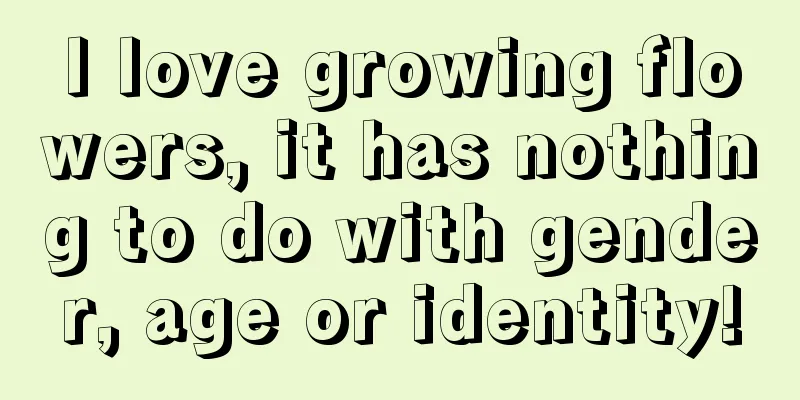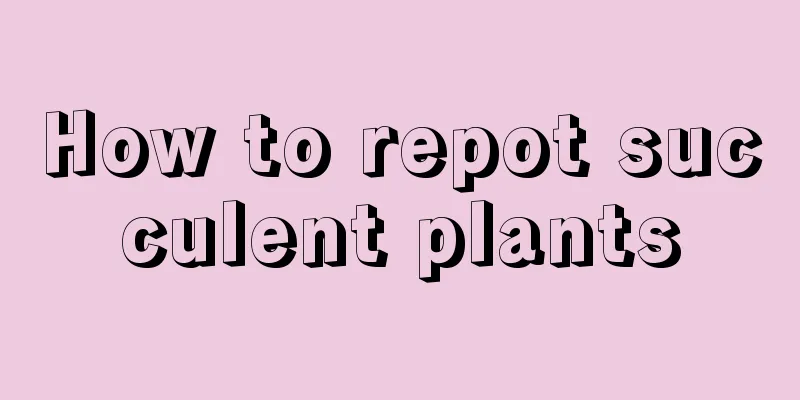How long does it take for potatoes to sprout and emerge from the soil? The 5 stages and steps of potato planting

How long does it take for potatoes to sprout?The potato growth cycle is divided into five stages: dormancy, germination, seedling, plant growth and tuber formation. The suitable temperature for potato growth is 16℃-18℃. After the dormant period, when the temperature is suitable, the potatoes will germinate very quickly, usually in about 20 days . After germination, the seedling stage gradually begins. It is still necessary to pay attention to controlling the temperature. When the local temperature is higher than 25℃, the tuber stops growing. The suitable temperature for stem and leaf growth is 15℃-25℃, and it stops growing when it exceeds 39℃. Potato planting stageDormant periodAfter potatoes are harvested, they will not sprout even if placed in a suitable growth environment for a long time. This is the physiological dormancy period of potatoes. The dormancy period of potatoes begins when the underground tubers begin to swell. Of course, the length of the dormancy period of potatoes depends on the variety. Different varieties have different dormancy period lengths. Generally, the dormancy period ranges from about 1 month to more than 3 months. Germination periodAfter breaking the dormancy period, potatoes begin to sprout, and the growth of potatoes begins . Generally, potatoes will begin to sprout 20 days after sowing. The germination period is from bud germination to seedling emergence, which is the first growth period of the potato main stem. The center of growth during the germination period is the elongation of the buds, and the beginning of the emergence of young roots. Even if potatoes are stored in cellars in the north, they will grow long buds in the summer, and fine roots will grow on the buds. The nutrients and water required for germination are mainly supplied by seed potatoes. Seedling stageAfter the potato is sown, from the emergence of seedlings to the sixth or eighth leaf flattening , the growth of one leaf sequence is completed. This stage is called "grouping", which is the second growth of the main stem. This period is the seedling stage of the potato. The seedling period of potatoes is very short, although it depends on the variety, but generally only about 15 days . The root system gradually forms during the seedling period, and the nutrients and water required at this time are provided by the tubers and the soil. 4. Planting periodFrom the seedling stage to the twelfth or sixteenth leaf, the first inflorescence of early-maturing varieties blooms, while the second inflorescence of late-maturing varieties blooms. This period is called the potato plant growth period, which lasts about 1 month and is the growth of the third section of the main stem. From the beginning of the plant growth period, the main stem enters a rapid growth period, all leaves on the main stem are fully unfolded, branches and branch leaves are also formed rapidly, the root system continues to expand, and the tubers begin to swell. The nutrients and water required for growth and development during this period come entirely from the soil , so the amount and quality of base fertilizer are key factors in achieving high yields. Tuber stageThe last and most critical period of the potato growth cycle is the tuber formation period. After the plant growth period is completed, the tuber formation period centered on tuber growth begins. At this time, the growth of stems and leaves slowly decreases, the leaves at the base begin to turn yellow or dry up, and the organic nutrients from all parts of the plant are continuously transported to the tubers, which is a period when the tuber expansion accelerates . The length of the tuber period is related to climatic conditions and variety maturity, which is about 30-50 days . The focus of management during this period is to cultivate the soil to create a growing environment with loose soil and thick topsoil to prevent the tubers from exposing the surface due to swelling. |
Recommend
Corn planting technology and management fertilization How to plant and manage corn for higher yields
If you want to grow corn with high yield, you nee...
When should grape vines in the south be transplanted? How long does it usually take for transplanted grape vines to sprout?
1. Transplanting time It is best transplanted dur...
How to prune pink palm
When to prune the pink palm Generally, the pink a...
Can ivy be grown hydroponically?
1. You can keep hydroponics If maintained properl...
What are the cultivation methods and precautions of Luohan bamboo?
Introduction of Luohan Bamboo Luo Han bamboo is a...
Hibiscus cultivation methods and precautions
1. Flower soil Hibiscus is highly adaptable to fl...
When is the best time to plant trees?
Trees are planted in many areas every year. Many ...
Can potassium carbonate be used as fertilizer?
Potassium carbonate as fertilizer Potassium carbo...
What is the best time to plant carrots and how long is their growth cycle?
Carrot planting time The best time to sow carrots...
One flower per month, so you can enjoy flowers every day and every month
June - Hydrangea (Author: Da Mo, Ye Wei Yang Sour...
High-yield planting technology of pumpkin
Pumpkin is widely used and extremely popular in t...
Longan growth environment conditions and characteristics
Longan growth environment conditions and requirem...
How to propagate catalpa
Seed propagation of catalpa ovata The first impor...
The efficacy and function of green fruit
1. Prevent gastric cancer Green fruits contain a ...
Is Christmas cactus easy to grow? Pictures of Christmas cactus
1. Is Christmas cactus easy to grow? Many people ...









